 Cerium is an interesting element for luminescence, however only Ce3+ ions give rise to fast luminescence because the charge transfer transition in Ce4+ is spin-forbidden. Ce-doped lutetium scandium orthoborate (Lu0.8Sc0.2BO3:Ce) has potential application in gamma-ray detection and in this Hot Article by Yuntao Wu and Guohao Ren et al. (Shanghai Institute of Ceramics, Chinese Academy of Sciences) the oxidation state of the Ce ions is investigated.
Cerium is an interesting element for luminescence, however only Ce3+ ions give rise to fast luminescence because the charge transfer transition in Ce4+ is spin-forbidden. Ce-doped lutetium scandium orthoborate (Lu0.8Sc0.2BO3:Ce) has potential application in gamma-ray detection and in this Hot Article by Yuntao Wu and Guohao Ren et al. (Shanghai Institute of Ceramics, Chinese Academy of Sciences) the oxidation state of the Ce ions is investigated.
The study on single crystals of Lu0.8Sc0.2BO3:Ce utilizes XANES based on new generation synchrotron radiation. The research team were able to discover the influence cerium doping has on the luminescence mechanism and the type of point defect in Lu0.8Sc0.2BO3:Ce crystals.
This Hot Article is free to access for 4 weeks and you can keep up to date with the latest news in crystal engineering by liking us on facebook, following us on twitter or signing up to our e-alert service!
Investigation on the influence of cerium doping form on the luminescence properties of Lu0.8Sc0.2BO3 scintillation crystals
Yuntao Wu, Guohao Ren, Dongzhou Ding, Fan Yang and Shangke Pan
CrystEngComm, 2012, Advance Article
DOI: 10.1039/C2CE06332H, Paper











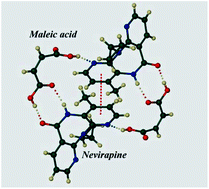
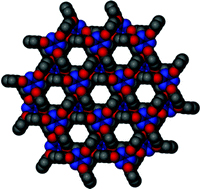
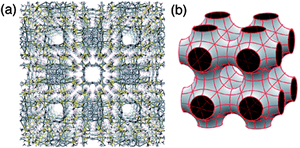



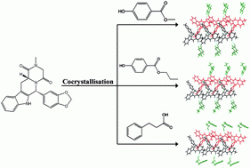


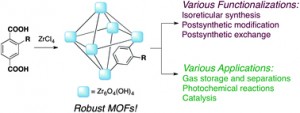 This comprehensive Highlight by Min Kim and Seth Cohen outlines the discovery, development and functionalization of Zr(IV)-based metal–organic frameworks. MOFs in general have been widely studied and the potential in biotechnological applications, catalysis, chemical sensing, gas separation and gas storage is of great interest.
This comprehensive Highlight by Min Kim and Seth Cohen outlines the discovery, development and functionalization of Zr(IV)-based metal–organic frameworks. MOFs in general have been widely studied and the potential in biotechnological applications, catalysis, chemical sensing, gas separation and gas storage is of great interest.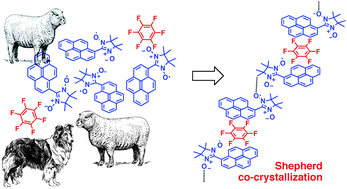

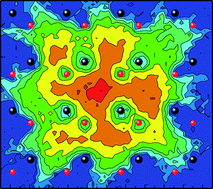
 This HOT article reports the first salt form of acetaminophen, which is shown to have superior tableting properties relative to the stable polymorph of the unionised drug. Amide groups are generally considered non-ionisable for the purposes of drug development and there are only a handful of crystal structures with ionised amide groups known. This success of forming an amide–hydrochloride salt using a simple experimental protocol may well encourage other research groups, both industrial and academic, to attempt salt formation with amides.
This HOT article reports the first salt form of acetaminophen, which is shown to have superior tableting properties relative to the stable polymorph of the unionised drug. Amide groups are generally considered non-ionisable for the purposes of drug development and there are only a handful of crystal structures with ionised amide groups known. This success of forming an amide–hydrochloride salt using a simple experimental protocol may well encourage other research groups, both industrial and academic, to attempt salt formation with amides.